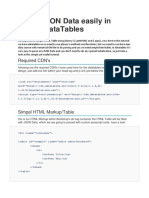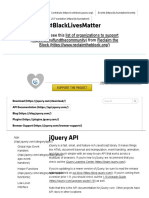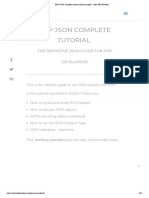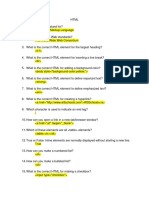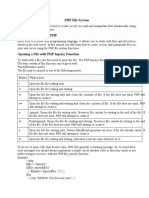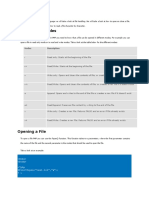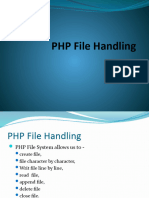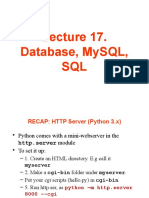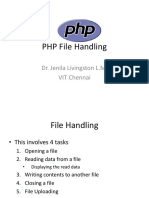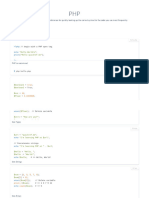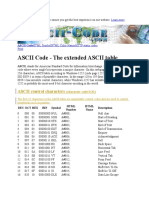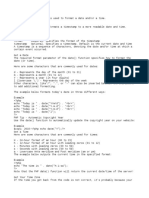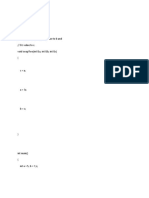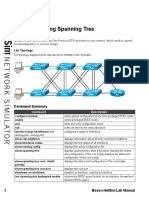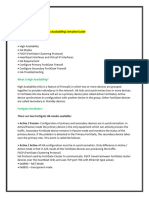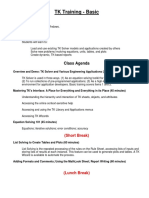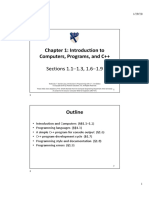0% found this document useful (0 votes)
246 views11 pagesForm Handling
The document discusses PHP form handling and validation. It explains that the $_GET and $_POST superglobals are used to collect form data submitted via GET and POST methods. It provides examples of simple HTML forms and corresponding PHP code to display submitted data. It emphasizes the importance of validating form input for security. Key validation techniques discussed include sanitizing with htmlspecialchars(), stripping slashes and whitespace, and checking for valid email addresses and URLs.
Uploaded by
hiwot kebedeCopyright
© © All Rights Reserved
We take content rights seriously. If you suspect this is your content, claim it here.
Available Formats
Download as TXT, PDF, TXT or read online on Scribd
0% found this document useful (0 votes)
246 views11 pagesForm Handling
The document discusses PHP form handling and validation. It explains that the $_GET and $_POST superglobals are used to collect form data submitted via GET and POST methods. It provides examples of simple HTML forms and corresponding PHP code to display submitted data. It emphasizes the importance of validating form input for security. Key validation techniques discussed include sanitizing with htmlspecialchars(), stripping slashes and whitespace, and checking for valid email addresses and URLs.
Uploaded by
hiwot kebedeCopyright
© © All Rights Reserved
We take content rights seriously. If you suspect this is your content, claim it here.
Available Formats
Download as TXT, PDF, TXT or read online on Scribd
/ 11

